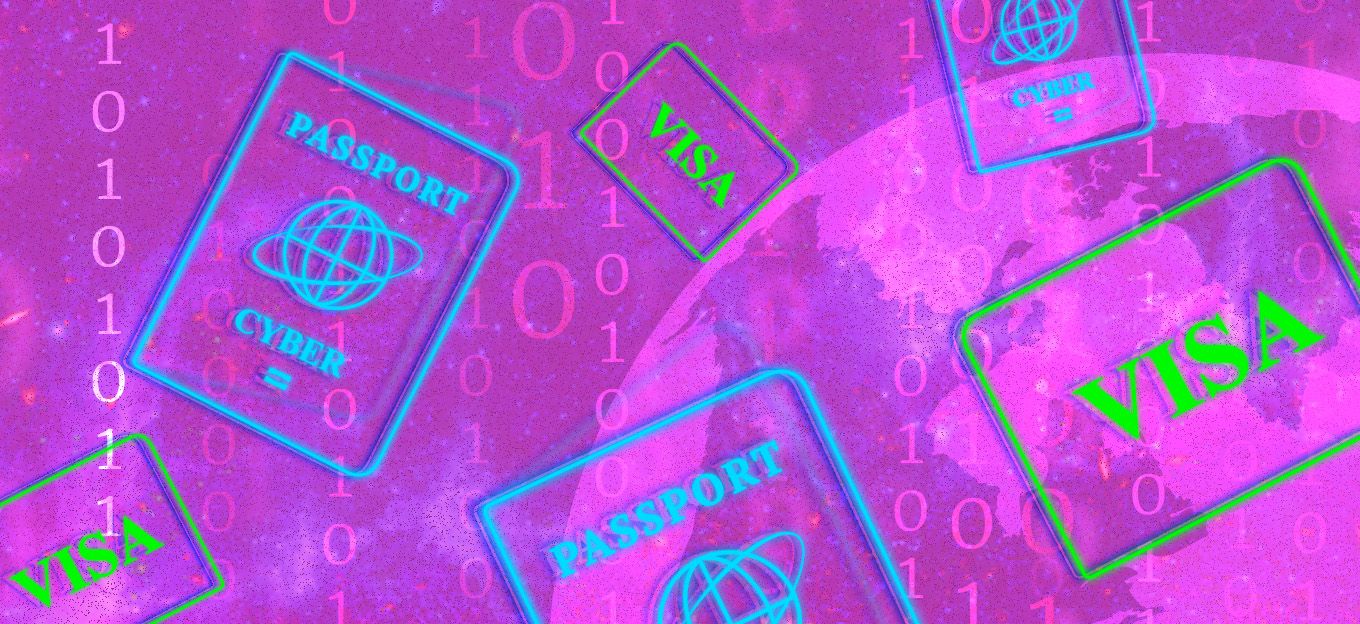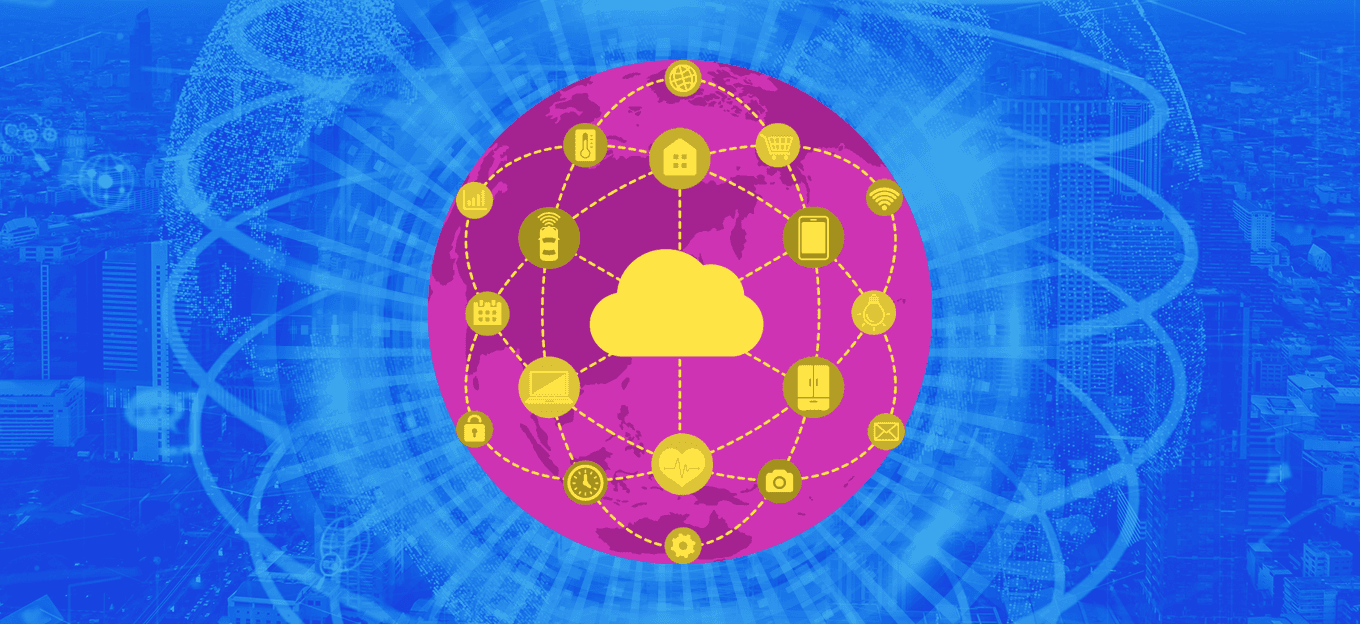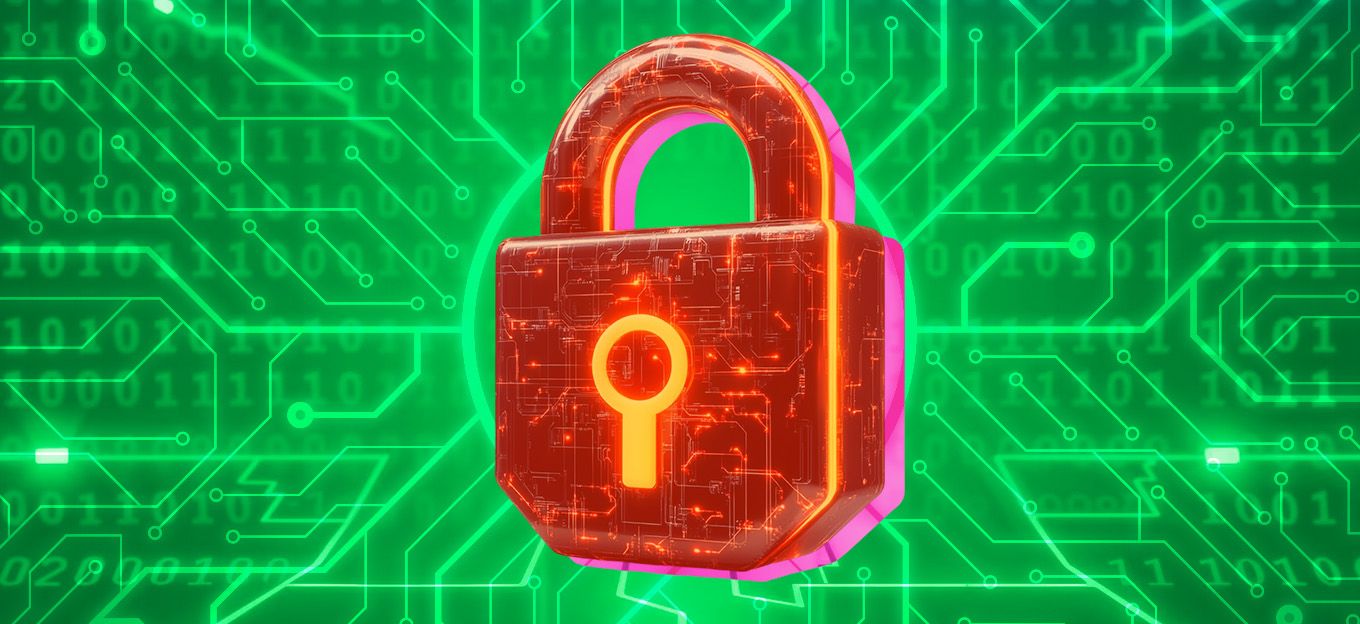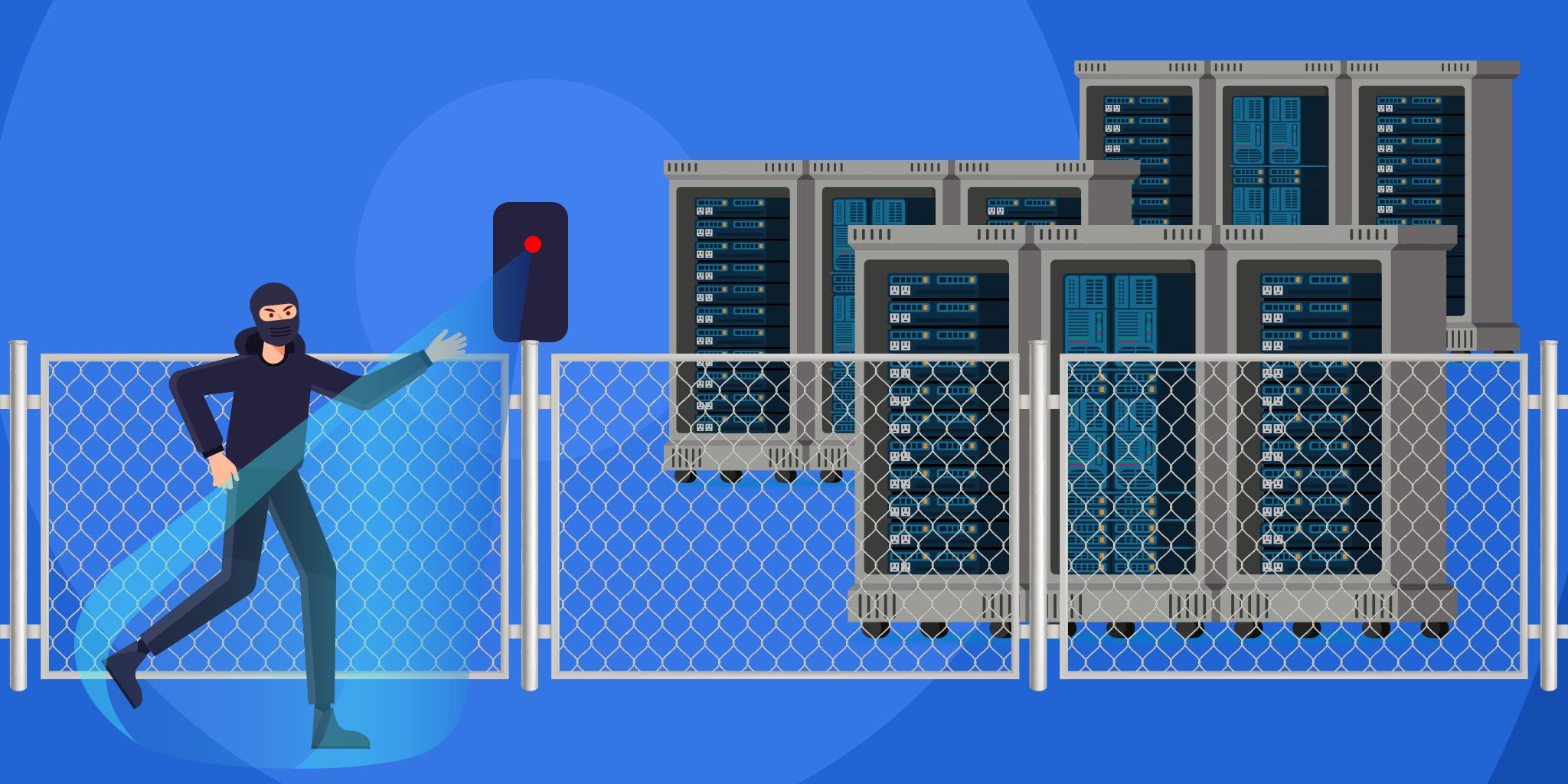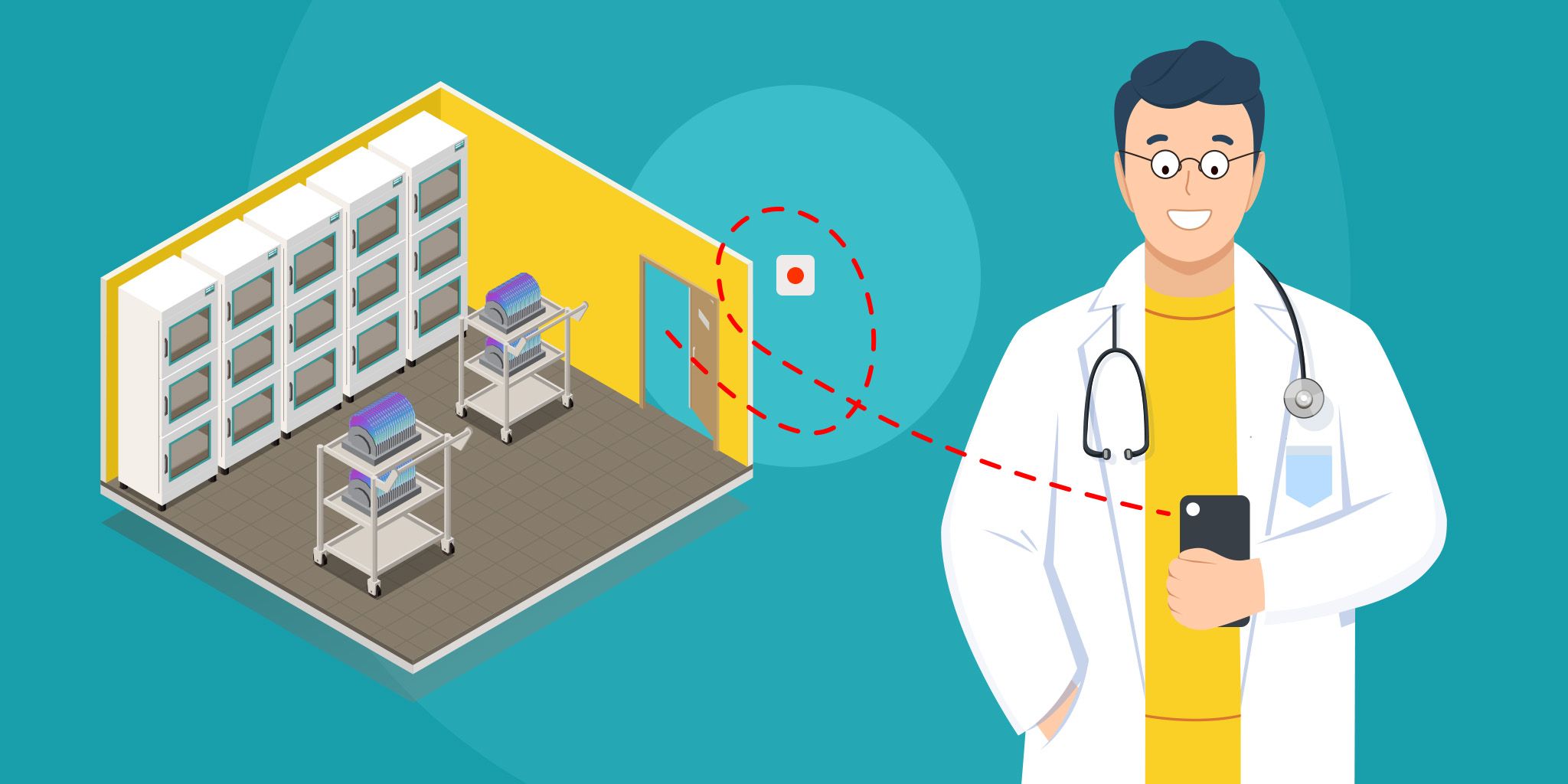IoT-Enabled Biometrics Are Transforming Mobile Notary Services
IoT-Enabled Biometrics Are Transforming Mobile Notary Services
- Last Updated: June 26, 2025
Devin Partida
- Last Updated: June 26, 2025



Notarial services are essential for clients who need life-changing documents verified, allowing them to proceed with real estate transactions, marry their partner or indicate wishes in a will. However, it can be challenging for people who live in remote areas or have busy schedules to travel to notaries’ offices.
These realities have caused the rise of mobile and e-notary services. The Internet of Things (IoT) has been instrumental in this shift, especially in enabling reliable biometric verification methods.
Mobile Notaries vs. E-Notaries
People seeking notary services from their homes or workplaces will generally find two solutions. With mobile notary services, professionals physically visit clients to notarize documents in their preferred locations. This option enhances accessibility for people who are incarcerated, residing in assisted living facilities or hospitalized.
In contrast, e-notaries — also known as remote or online notaries — do not visit clients in person but solely interact with them via dedicated platforms. These options use tech capabilities to confirm people’s identities before and during notary appointments.
Many notaries offer both mobile and remote services and use the terms interchangeably in advertising. However, remote notaries primarily use biometric technologies for verification, which is usually unnecessary for those who travel to their customers.
Identity Verification Methods
Notaries typically verify people’s identities by asking them to produce photo identification and official mail, such as utility bills. Other remote notary verification steps may involve customers correctly answering several questions about personal details only they should know.
While identity verification is still evolving, these are some of the other way technology is helping to streamline and validate the process.
Identification Checks
The process begins when clients upload images of their IDs to the platform. Some providers also require people to face their phone camera or webcam while making specific movements. This step confirms the client is live and not using a prerecorded video. Similarly, algorithms and facial recognition technologies can compare someone’s real-time image with that of their identification photo. This helps verify someone isn’t trying to fraudulently pass checks or commit identity theft.
Estonia’s government uses the same approach for biometric authentication, requiring users to take a picture of themselves and pictures of their physical IDs issued by their countries of citizenship. The country’s officials partnered with an external identity and document verification provider to offer this service. Additionally, users must present a government-issued digital identity at their appointments.
Biometric Databases
Another option is to use an identity verification method that compares a notary customer’s biometric data with previously stored database content. That approach requires service providers to partner with third-party companies.
Relatedly, some banks have allowed customers to identify themselves with their voices to perform basic tasks through their smart speakers. Researchers have explored the various biometric authentication methods used in these cases, including requiring people to speak into their smart speakers or speak while performing activities on their smartphones, such as using the fingerprint scanner or facial recognition capabilities.
Blending Technology and Human Expertise
State and country-specific laws dictate how notaries can verify their clients’ identities. For example, some clients use credible witnesses who can vouch for their identities. However, many legislators have adapted to internet technologies, so most states allow notaries to identify their clients with online apps that let them speak to and see those parties.
In one example, an enterprise-grade platform that began as a notary network expanded its offerings to improve online identity verification. The company assigns fraud-risk scores to every interaction and initially uses algorithms to check customers’ signatures and IDs. Humans then step in to assess flagged cases. This is a compelling example of how online notarization services increase convenience without sacrificing security.
Offering Notarization at Customers’ Convenience
People who need notary services can’t always visit offices or schedule mobile appointments during business hours. This is why online notaries have become so popular. Many of the largest providers connect identity-verified customers to notaries in seconds, and customers digitally receive their notarized documents minutes later. This handy system removes physical mail delays, time zone differences and other challenges.
A representative from a company offering on-demand online notary services says clients can fund home equity lines of credit six days sooner with this service and love getting documents notarized on their preferred schedules. Besides offering extensive online identity verification tools, the platform integrates with a digital signature tool that allows documents to be completed inside a digital system, reducing risk.
The rise of online-based services also opens income streams for qualified notaries aiming to boost their income opportunities. Since many such platforms operate 24/7, they can make money outside typical business hours and use the additional flexibility as a unique selling point to stand out in saturated markets. Statistics show a billion notarizations happen every year, emphasizing the demand for qualified notary professionals. The internet connects customers and notaries in mutually beneficial arrangements.
Addressing Potential Challenges
Although e-notary services remove barriers for many customers, they could frustrate others. Effective biometric verification requires compatible devices and stable, fast internet connections. Customers also need to understand how to turn on their microphones and cameras and capture images of their identity documents.
Similarly, they need to recognize how electronically signed documents may differ from what they’ve used before, and an e-notary platform may require them to have specific browser versions or software on their devices before proceeding. Many people are now comfortable filling out PDFs by typing into the fields rather than printing the documents. However, all these tech requirements may be difficult for less tech-savvy people.
Professionals offering services through e-notary platforms can address those barriers by creating user-friendly guides to walk them through the process. They may even opt to provide refunds to customers who decide the tech challenges are too daunting.
Some security-focused customers may also hesitate to share biometric information with e-notary services, although a growing number of agencies and companies use it to identify people. E-notary providers and their tech providers can mitigate the threats by stipulating data-handling requirements, as other entities already have.
Some U.S. airports verify people’s identities with cloud-based photo matching that checks live images against those in a database. Officials delete both pictures within a day of a passenger’s departure. Limiting the storage time frame reduces the reach of potential hacks. A related option is the Mobile Passport Control app from the U.S. Customs and Border Protection (CBP). People can shorten waiting times when interacting with officials by scanning their documents before their flights, filling out digital forms before traveling and taking pictures of themselves no more than four hours before engaging with agents.
This solution uses secure encryption protocols to submit the information directly to CBP. Although it is likely unfeasible for notary professionals to use, this example shows the possibility of submitting identifying information before in-person visits to streamline interactions. Although this option is currently smartphone-based, the increasing popularity of IoT devices might encourage decision-makers to expand it to those products.
Improving the Accessibility of Notarial Services
Since mobile and online notary services remove the need to travel to physical offices, many customers prefer using them. Although these newer possibilities expand access, people using them as providers or clients should know there are potential challenges, too, and how they might be overcome.
The Most Comprehensive IoT Newsletter for Enterprises
Showcasing the highest-quality content, resources, news, and insights from the world of the Internet of Things. Subscribe to remain informed and up-to-date.
New Podcast Episode

Moving Past the Pilot Phase in IoT and AI
Related Articles
